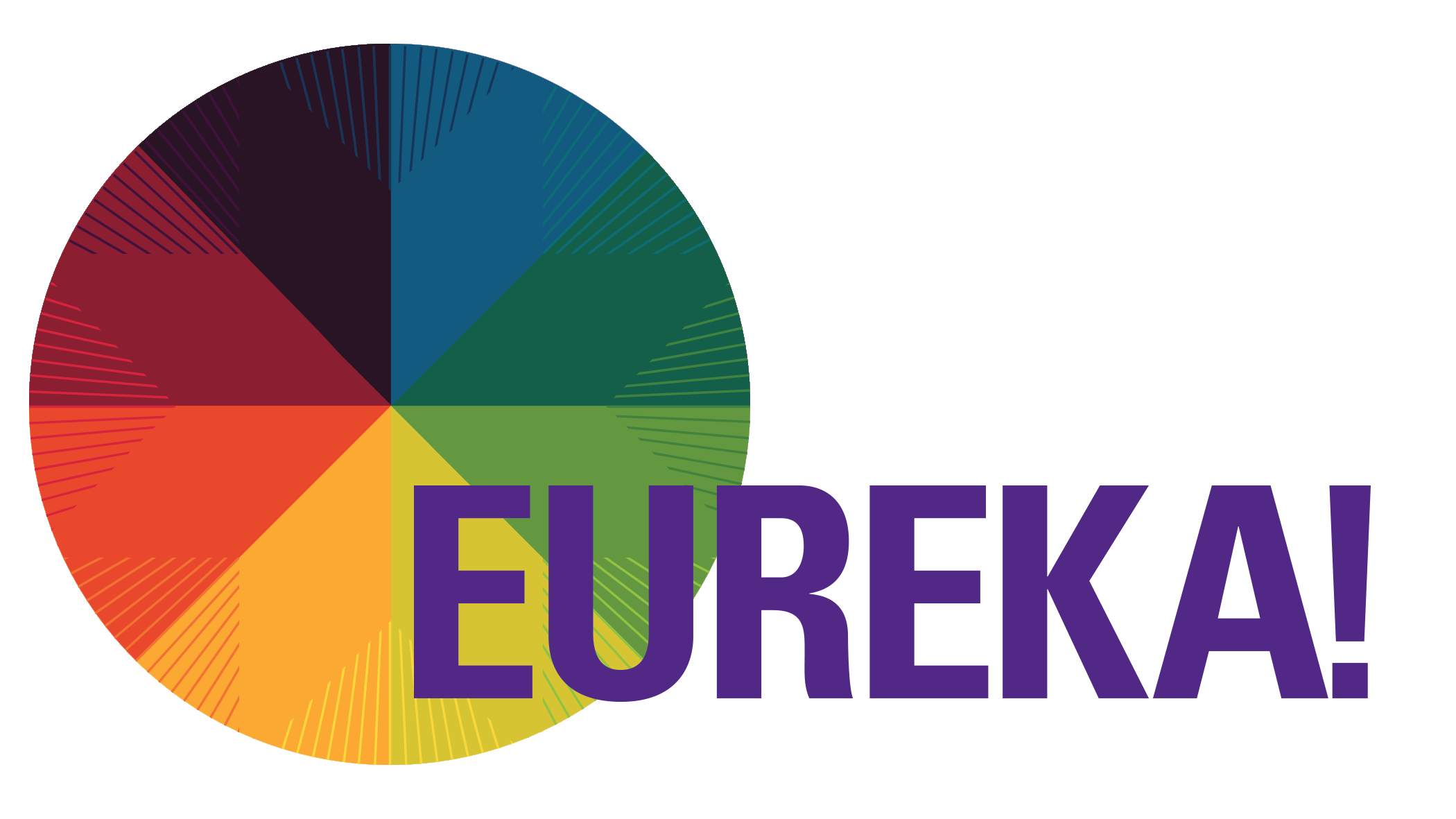Techniques
- Be confident!
- How you stand and move creates an impression of your confidence and control of the situation.
- Shifting positions during the presentation provides clear transition from one point to the next.
- Confident movement helps keep the audience focused.
- If you look like you are relaxed and enjoying talking to your audience, they’ll begin to feel relaxed and be receptive to your presentation.
- Use direct eye contact to make the audience feel you are talking to them personally.
- Avoid wearing noisy jewellery or have anything in your pockets that you might fidget with.
- Use gestures which complement and strengthen the points your are making.
- Stand in a relaxed and balanced manner.
- Let your own personality and enthusiasm for your subject drive your presentation!
- Smile
Practice makes perfect
The best thing you can do to prepare yourself is to practice….as much as possible. Practice in front of as many people as will allow you to. This way you will become more confident and your friends/family will advise you on some key points/areas that you’re missing, or ways to improve your presentation and public speaking skills.
Your Voice
A good speaking voice is:
- Expressive
- Natural
- Pleasant
- Vital (a ‘vital’ voice conveys the importance of subject matter is a calm, convincing manner)
To help develop your most effective speaking voice work on these items:
- Breathing
- Pitch
- Vocal Climax
- Pronunciation
- Enunciation
- Rate
- Quality
- Pause
- Volume/Force
- Use short sentences to allow natural breathing space. Try not to talk too fast.
- Vary the tone to avoid monotones or annoying patterns.
- Plan a dramatic crescendo or whisper for emphasis. If you don’t know it, look it up and practice.
- Keep your words clear so everyone can hear.
- Vary rate according to the material.
- Strive for mellow tones – avoid harsh, nasal, or quavery voice.
- Avoid shouting and using explosive force when speaking.
There are a range of techniques for improving voice quality and strength. If interested in developing your speaking voice, see your drama teacher, local `toastmaster’ group or theatrical company.
Reading cards
It is a good idea to have some brief bullet points of your talk and paragraphs points. Some people find that when performing a presentation to an audience they might lose their place. If you have an outline in front of you it is a lot easier to get back on track. It may not be a good idea to write out your entire speech on cards, as you’ll then be tempted to just read the speech and not perform to your audience. Eye contact is extremely important to help you holds someone’s attention!

